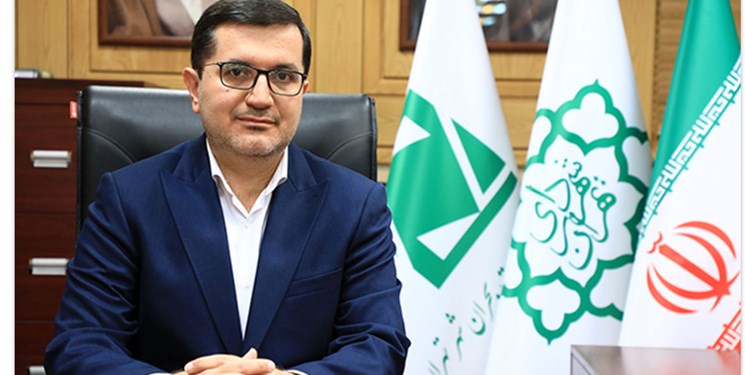
According to Fars News Agency’s urban correspondent, Ali Nasiri stated in the 6th Men’s Health Congress, which was held with the aim of examining the health status of men in the post-Crown era with two axes of mental health and trauma in accidents: In this webinar, Iranian cities are exposed to all kinds of accidents and disasters, the country is in a high seismic risk zone, especially metropolitan areas, the multiplicity of areas prone to geological instability, lack of attention to crisis management requirements in urban planning and the expansion of urbanization and unbalanced urban development are the main challenges.
According to Nasiri, the inadequacy of governments to respond to the crisis, impose high costs on the government and society in the centralized management approach, the willingness of individuals to help due to vulnerable assets, short effective rescue time and use of all capacities and capabilities People are part of the issues that make community-based crisis management essential.
He went on to examine the strengths and weaknesses of the community-based approach to crisis management, explaining men’s personality traits and social participation, and pointing to the economic constraints of men and social participation in developing a plan to address barriers to men’s participation and workable solutions. Paying attention to men’s working hours and short time in calling for social participation, providing accurate and confidential information, paying attention to managerial and commanding roles and focusing on increasing legal capacities and structural participation were mentioned as features of a suitable program to increase men’s participation. .
In this year’s program of this webinar, in addition to the topics discussed in scientific panels or the presence of professors and policy makers, various topics such as men’s sexual health literacy, the role of mental health literacy and self-care in men, the impact of pandemics on men’s mental health, anxiety and Mood problems, psychological and social aspects, marital problems, pandemics and high-risk behaviors of adolescents, examples of coronary and post-coronary violence, trauma accidents, prevention and care plans, Quid management in Iran and the world were discussed with a combined approach.
In the continuation of this seminar, Shahin Mozaffari, Deputy of Recovery, Empowerment and Community-Based Participation of Tehran Crisis Prevention and Management Organization, examined the participation of people in urban volunteer groups and said with a brief look at the structure of durability and the status of durability and safety houses: 2006 With the permission of the Islamic Council of Tehran, with the title of integrating planning and budgeting features to integrate crisis management training policies and the formation of voluntary groups in the city began.
According to him, currently 330 durability houses provide services at the local level and 21,350 volunteer members are registered and trained in the tdms.tehran.ir system.
He went on to examine the reasons for the decline in men’s participation in activities in sustainability groups and noted: Men consider the profitability of participatory activities to be very effective on their participation and the reward commensurate with participation is important. Also, men’s limited leisure time prevents them from participating in volunteer work.
Developing detailed plans for providing services and rewards commensurate with participation, paying attention to individual working hours, paying attention to the managerial and commanding role in participation, focusing on increasing legal capacity and structural participation, and having accurate information were other topics that he said could be According to them, it increased the participation of men in volunteer groups.
In the continuation of this webinar, Seyedeh Samaneh Mirasmaili, PhD student in disaster and emergency health, examined community-based crisis management and named risk assessment, reducing vulnerability and increasing the capacity of communities as the goals of community-based crisis management and outlining the general structure of community risk management. Axis mentioned awareness, capacity building and planning as different parts of it.
According to him, the main goals defined under the topic of awareness include increasing risk perception in different groups of society, promoting risk perception in managers and decision makers, using mass media appropriate to the audience, using influential people in risk management and using social media platforms. .
Education for children and adolescents, general and specialized education, evaluation of education, planning and implementation of exercises and compilation of general and specialized guides and books on capacity building and preparation of risk assessment profiles, and resilience, development of disaster risk reduction strategies in communities, development Risk reduction plans, development of operational plans and development of standard operational measures in the planning section should be considered.
End of message /
You can edit this post
Suggest this for the front page

